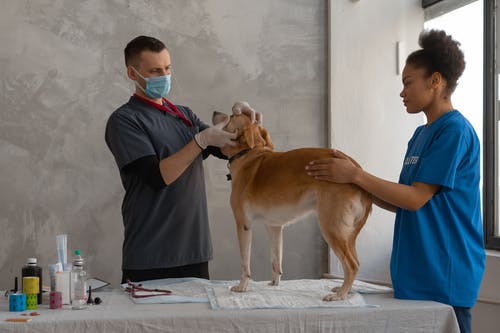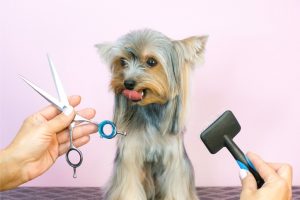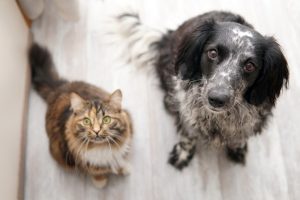
Eye surgery for your furry friend can be a daunting experience, with many concerns about their health and well-being. To ensure a smooth recovery from enucleation surgery, you must familiarize yourself with pre-surgery instructions and post-operative care.
This comprehensive guide will help you navigate your pet’s healing process, ensuring a successful recovery and a happy, healthy pet.
Understanding Enucleation Surgery
Enucleation surgery is a procedure performed by a vet ophthalmologist in Memphis when it’s necessary to remove a pet’s eye. The most common reasons for enucleation surgery include severe trauma to the eye, glaucoma, neoplasia, or severe infection.
Adjusting to life after losing an eye can be challenging for your pet, but they can still lead happy and fulfilling lives. It’s essential to provide your pet with a safe and supportive environment during this adjustment period, ensuring they stay away from potential hazards while relearning to navigate the world.
Preparing for Your Pet’s Enucleation Surgery
Before your pet undergoes surgery, there are a few essential pre-surgical instructions. These include ensuring a safe and clean environment, adhering to food and water restrictions, and completing necessary medical exams. Don’t forget to address your pet’s vaccination status. You may visit a reliable website or consult your veterinarian to stay informed about pet vaccinations.
Providing updated medical records and proof of vaccinations, such as rabies, is crucial before surgery. If your pet is not up-to-date with their vaccinations, your veterinarian may recommend that your pet receives them around the time of surgery.
Enucleation Surgery Recovery Time
After enucleation surgery, anesthesia will take 24-48 hours to wear off, and your pet may be groggy during this time. It’s crucial to provide a comfortable and secure space for your pet to recover and isolate them from other pets and children. You may schedule routine vet exams at PetVax Complete Care Centers vets to ensure your pet stays in good health.
Post-Surgery Care Tips
Elizabethan Collar and Incision Care
Ensure your pet wears their Elizabethan Collar (E Collar, Cone) continuously for 10-14 days after surgery. This prevents them from scratching or rubbing the incision, which can lead to infection and scarring. Monitor the incision and surgical site daily for any signs of concern.
Food and Water Intake
Keep a close watch on your pet’s food and water intake after surgery. Offer them food and water when they return home, but be aware that anesthesia may cause nausea, and they might not be keen on eating immediately. If your pet vomits, wait until the next day to offer more food. Their appetite should return to normal within 24 hours.
Pain Medications and Cold Compresses
Your pet will be sent home with oral pain medication. It’s crucial to follow the veterinarian’s instructions and administer medication as needed. If possible, give the pain medication with food. To help with swelling, use a cold compress on the surgery site for 10-15 minutes, several times daily, for the first two days after surgery.
Maintaining a Smooth Recovery
To ensure a successful recovery:
- Limit your pet’s activity for 10 days post-surgery.
- Keep them indoors, away from potential hazards, and avoid running, jumping, playing, swimming, or other strenuous activities.
- Refrain from bathing or grooming your pet during the recovery period.
Monitoring Your Pet’s Recovery Progress
Stay vigilant to signs of complications and closely track your pet’s recovery progress. Schedule a suture removal appointment 10-14 days post-surgery. Sometimes, sedation may be needed for suture removal, so be prepared for your pet to stay at the clinic for a few hours.
When to Contact Your Veterinarian
Look for signs of complications or distress, such as infection, cyst formation, discharge, labored breathing, or severe pain. If any of these symptoms occur, it’s vital to contact your primary care veterinarian or an emergency clinic.
The Takeaway
Understanding enucleation surgery and the post-operative care process is essential for helping your pet recover smoothly. By following the guidelines, you’ll be well-equipped to support your beloved pet in regaining a happy and humane life.








